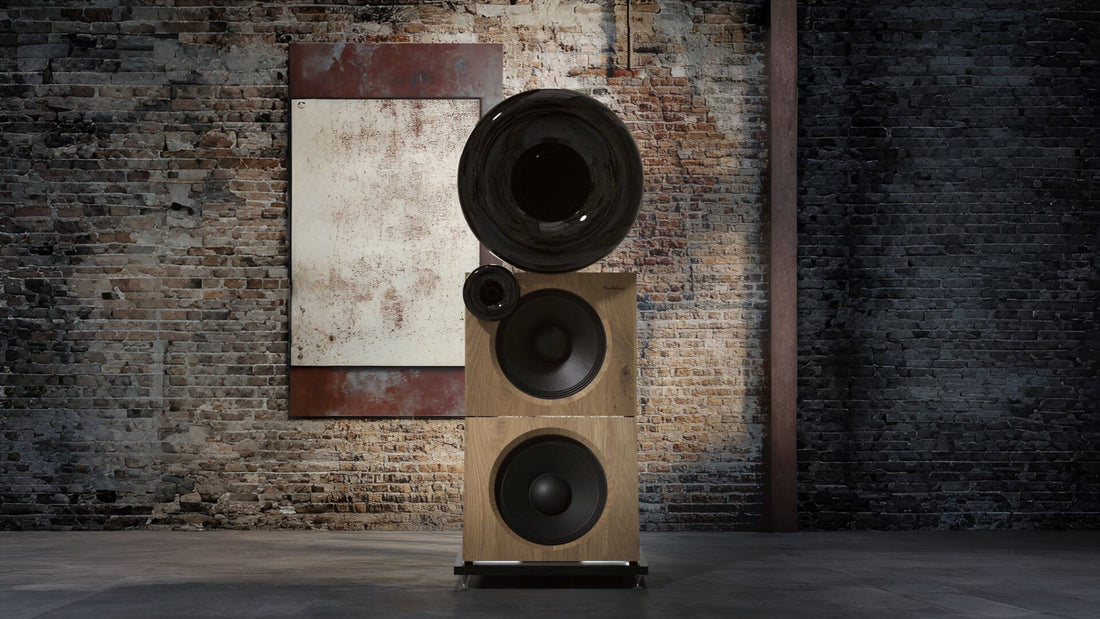
What Is a Transient
Share
In the world of high-fidelity audio reproduction, much is said about details, dynamics, and micro-information. Yet, there is one element that perhaps represents the ultimate expression of realism and emotional impact in music: the transient.
What Exactly Are Transients?
Simply put, a transient is a brief, impulsive sound event that marks the beginning of a sound or a sudden change in the waveform. It is that fraction of a millisecond in which a note is born—the initial strike of a drumstick on a snare, the attack of fingers on classical guitar strings, or the explosive consonant of a voice. These micro-events are fundamental to the realism and vitality of a recording.
Technically, transients are characterized by:
- An extremely fast rise time,
- A short duration that is nevertheless crucial for perceived realism,
- A rich harmonic content often filled with high frequencies.
If the audio system does not reproduce them faithfully, the listening experience becomes muffled and lacking in dynamics, as if the music lost its “vital push.”
Transients and the Audiophile Experience
For a discerning listener, transients represent the realistic signature of a recording. A percussion hit that starts sharply and cleanly, a voice that bursts naturally into the environment, or a piano that reveals the physical attack of the hammer—all this is possible only if the transients are accurately reproduced.
Many audio systems “soften” or blur these micro-events due to physical or electronic limitations: from the speed of the drivers to the response of the amplifiers, or even due to dynamic compression.
Why Do We Need Powerful Amplifiers to Reproduce Transients?
It might seem counterintuitive: why use a 250-watt amplifier to listen to a track that on average only requires 5–10 watts? The answer lies in the transients.
During an impulsive event, the instantaneous power demand can rise drastically, even if only for a fraction of a second. If the amplifier cannot deliver that energy immediately, the transient risks being compressed, resulting in a loss of definition and realism.
An oversized amplifier:
- Responds more quickly, thanks to a greater reserve of current,
- Prevents clipping, the distortion that can ruin the most critical part of the signal.
- Handles sudden dynamic peaks without faltering.
In other words, a powerful amplifier is not just about “cranking up the volume”; it ensures that even the most fleeting and dynamic details reach the listener intact.
Transients in AudioLai Speakers
All our projects, from passive models to the new Duetto Active, are developed with an obsessive attention to transient response. The use of high-efficiency Class D amplifiers, combined with low-mass drivers and uncompromising crossovers, ensures that the impulsive information in the recording is preserved.
The result? Listening experiences that surprise with immediacy, speed, and realism. It creates a sensation as if you could see the instrument in front of you, feel the drumstick striking the drum, and perceive the artist’s intent at the exact moment the sound is born.
The transient is perhaps the most challenging element to reproduce correctly, yet it is what truly distinguishes a good audio system from a genuine audiophile experience. For those seeking excellence, power—the real, fast, and controlled kind—is not a luxury, but a necessity.
